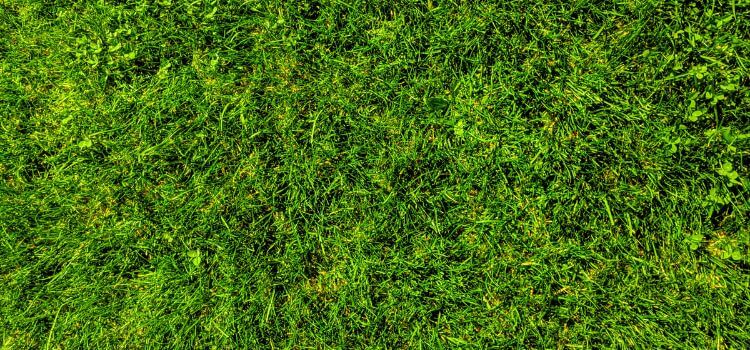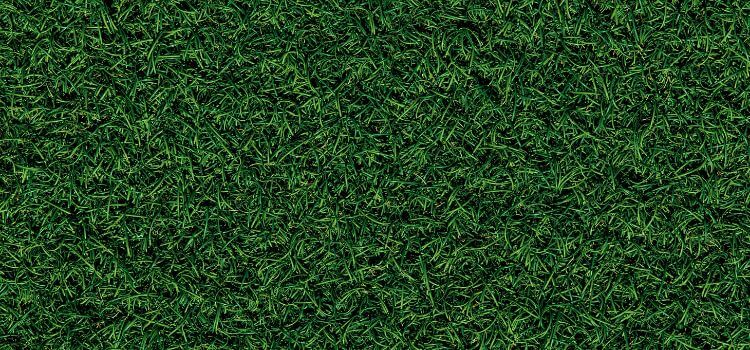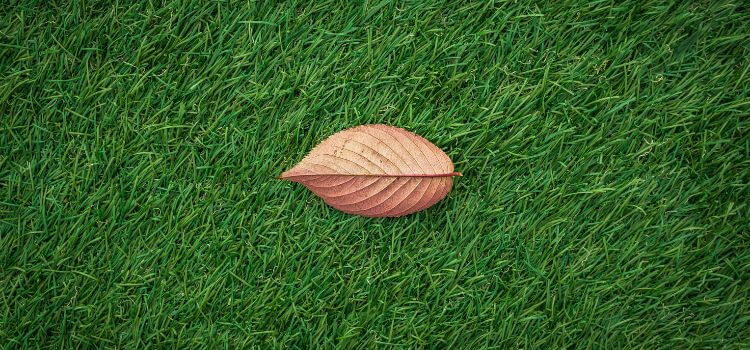As an Amazon Associate, I earn from qualifying purchases.
Different types of grass for lawns include Bermuda, Zoysia, Fescue, and Kentucky Bluegrass. These varieties suit various climates and soil types.
The right type of grass for your lawn can significantly enhance your home’s curb appeal and outdoor enjoyment. Climate, soil conditions, sun exposure, and maintenance preferences are key factors influencing your choice. Warm-season grasses like Bermuda and Zoysia thrive in southern regions, offering a dense, durable turf ideal for high-traffic areas.
Fescue varieties, known for their shade tolerance, adapt well to cooler climates and require less sunlight. Kentucky Bluegrass, with its lush, carpet-like appearance, is a popular choice in northern regions, although it demands more maintenance. Selecting the appropriate grass type ensures a healthy, vibrant lawn that can withstand local environmental stresses, providing a year-round green oasis for homeowners.
Warm-season Grasses
When the sun is bright and the days are long, warm-season grasses thrive. These grass types love heat and handle summer like champions. They grow best when temperatures are between 75 and 90 degrees Fahrenheit. Here, we look at three popular options that can turn your lawn into a lush, green oasis.
Bermuda Grass
Bermuda grass is the go-to for durability and toughness. Its deep roots make it drought-resistant. It’s perfect for high-traffic areas like sports fields and playgrounds. But, it needs lots of sun and won’t do well in shade.
- Fast-growing
- Dense and fine-bladed
- Full sun lover
Augustine Grass
St. Augustine grass is a shade-tolerant option. It creates a thick, carpet-like lawn. It’s not as wear-resistant as Bermuda but will keep your yard looking full under those leafy trees.
| Shade Tolerance | Drought Tolerance | Maintenance |
|---|---|---|
| High | Moderate | Moderate |
Zoysia Grass
Zoysia grass is a versatile option. It balances shade tolerance with a love for the sun. It’s slower to grow but forms a dense mat that chokes out weeds. Zoysia is an excellent middle ground between Bermuda and St. Augustine.
- Shade and sun-friendly
- Weed-resistant
- Drought-tolerant

Cool-season Grasses
Cool-season grasses thrive in areas with cold winters and warm summers. They grow best in the fall and spring, when their roots stay active, keeping them green and lush.
Kentucky Bluegrass
Kentucky Bluegrass stands out with its deep green color. It forms a thick, carpet-like lawn and is popular for its ability to recover from damage. This grass prefers full sun but can tolerate light shade. It needs regular watering and fertilization. Kentucky Bluegrass is perfect for active family yards.
Tall Fescue
Tall Fescue is known for its durability. Its deep roots help it withstand drought, and it stays green even in high heat. It is also resistant to many lawn diseases. It grows well in both sun and partial shade, making it ideal for high-traffic areas.
Fine Fescue
Fine Fescue includes several different species. It’s known for its fine, needle-like blades. This grass is shade-tolerant and requires less water. It grows well in poor soil conditions. Fine Fescue is low maintenance and great for more excellent, shaded lawns.
Transition Zone Grasses
Transition Zone Grasses thrive in areas with hot summers and cold winters. These grasses adapt to varying temperatures and maintain their lush appearance. Understanding the different types can help you choose the right one for your lawn.
Buffalo Grass
Buffalo Grass stands out for its durability and low maintenance. It’s perfect for the transition zone because it tolerates extreme heat and drought.
- Requires less watering
- Stays green under heat stress
- Needs minimal fertilization
Centipede Grass
Known for its slow growth, Centipede Grass is a practical choice for homeowners. It’s low-growing and offers a medium texture.
- Low maintenance
- Minimal mowing required
- Thrives in acidic soil
Ryegrass
Ryegrass is ideal for quick lawn establishment. It germinates rapidly and creates a dense, fine-textured turf.
- Fast germination
- Excellent for overseeding
- Cold tolerant
Transition Zone Grass Comparison
| Type of Grass | Water Requirements | Maintenance Level |
|---|---|---|
| Buffalo Grass | Low | Low |
| Centipede Grass | Moderate | Low |
| Ryegrass | High | Medium |
Low-maintenance Grasses
Creating a lush lawn doesn’t mean you have to spend countless hours maintaining it. Low-maintenance grasses offer beauty and resilience with minimal effort. Perfect for busy homeowners, these grass types thrive with primary care, making lawn management a breeze.
Dwarf Fescue
Dwarf Fescue stands out for its tolerance to drought and ability to grow in various soils. It’s a fine choice for those seeking a hardy, robust lawn with less watering and mowing.
Creeping Red Fescue
Creeping Red Fescue is an excellent choice for shaded areas. This grass thrives in cool climates and requires minimal sunlight, reducing the need for constant trimming and fertilization.
Seashore Paspalum
Seashore Paspalum is a gem for coastal lawns. It’s salt-tolerant and loves sandy soils, making it ideal for seaside properties. With its fine texture and rich color, it’s both practical and visually appealing.
Specialty Grasses
Exploring the world of specialty grasses opens up a variety of options for your lawn. These grass types excel in specific climates or soil types. They often require unique care. Let’s dive into some popular specialty grasses to consider.
Bahiagrass
Bahiagrass thrives in sandy soil, making it perfect for coastal areas. It is resistant to drought and heat and needs minimal care. Ideal for low-maintenance lawns, Bahiagrass grows deep roots, making it very durable.
Bentgrass
Bentgrass is a favorite for golf courses. It forms a luxurious, dense carpet. Perfect for cooler climates, it demands more attention and care. Regular mowing and watering ensure its pleasing appearance.
Carpet Grass
Carpet grass is excellent for wet, shady regions. It creates a thick, green cover. Low fertility requirements make it an economical choice. Carpet grass combats erosion effectively, stabilizing your lawn.
- Bahiagrass: Ideal for sandy, coastal soils
- Bentgrass: Needs frequent care, loves cool weather
- Carpet Grass: Thrives in wet, shady areas
| Grass Type | Soil Preference | Care Level |
|---|---|---|
| Bahiagrass | Sandy, coastal | Low |
| Bentgrass | Rich, well-drained | High |
| Carpet Grass | Wet, acidic | Medium |
Choosing the suitable specialty grass can transform your lawn. Each type offers unique benefits. Consider your local climate and soil type before deciding. This ensures your lawn is beautiful and healthy.

Factors Affecting Grass Selection
When it comes to choosing the perfect grass for your lawn, knowledge is power. The type of grass you select can significantly impact its appearance and health. By considering multiple factors, you can make an informed decision.
Climate And Region
Different grasses thrive in different climates. Here’s a quick guide:
- Cool-season grasses: They grow best in areas with cold winters and mild summers.
- Warm-season grasses: These are perfect for hot climates.
- Transition zone grasses: These can adapt to areas with a mix of both cool and warm climates.
Sunlight Exposure
Grass needs sunlight to grow. Consider the amount of light your lawn gets. Here’s a simple breakdown:
| Light Level | Grass Type |
|---|---|
| Full Sun | Choose grass that loves sunshine, like Bermuda. |
| Partial Shade | St. Augustine grass can handle some shade. |
| Dense Shade | Fine Fescue thrives in low-light areas. |
Soil Type And Ph Levels
Your lawn’s soil type and pH level are essential. Test your soil to find out what it needs. Here’s what to consider:
- Soil Type: Sandy soils drain quickly, while clay soils hold moisture.
- pH Levels: Grass generally prefers a pH between 6.0 and 7.0.
Choose a grass that matches your soil’s characteristics for the best growth.
Frequently Asked Questions
The best grass for a lush lawn varies by climate. Cool-season areas benefit from Kentucky bluegrass or tall Fescue. Warm-season regions do well with Bermuda or Zoysia grass. Each offers a thick, green, and durable turf.
The best quality lawn grass varies by climate and soil type. Kentucky Bluegrass is highly recommended for cool temperatures. Bermuda grass excels in warmer regions due to its heat tolerance. Always consider local conditions when choosing the best grass for your lawn.
Consider your climate first, as cool-season and warm-season grasses thrive in different environments. Evaluate your lawn’s sun exposure, as some grasses need full sun while others tolerate shade. Assess your soil type and maintenance commitment, and choose a grass that matches your lifestyle and local growing conditions.
The best low-maintenance grass is Bermuda grass, known for its durability and drought resistance. Zoysia is another option, offering a dense, low-growing turf. Both require minimal care and water.
Conclusion
Choosing the right type of grass for your lawn depends significantly on your climate and maintenance preferences. From the hardy Bermuda to the shade-loving Fescue, each variety offers unique benefits. Consider your local weather, soil type, and sunlight exposure to select the best grass that will thrive in your yard.
Happy gardening!

